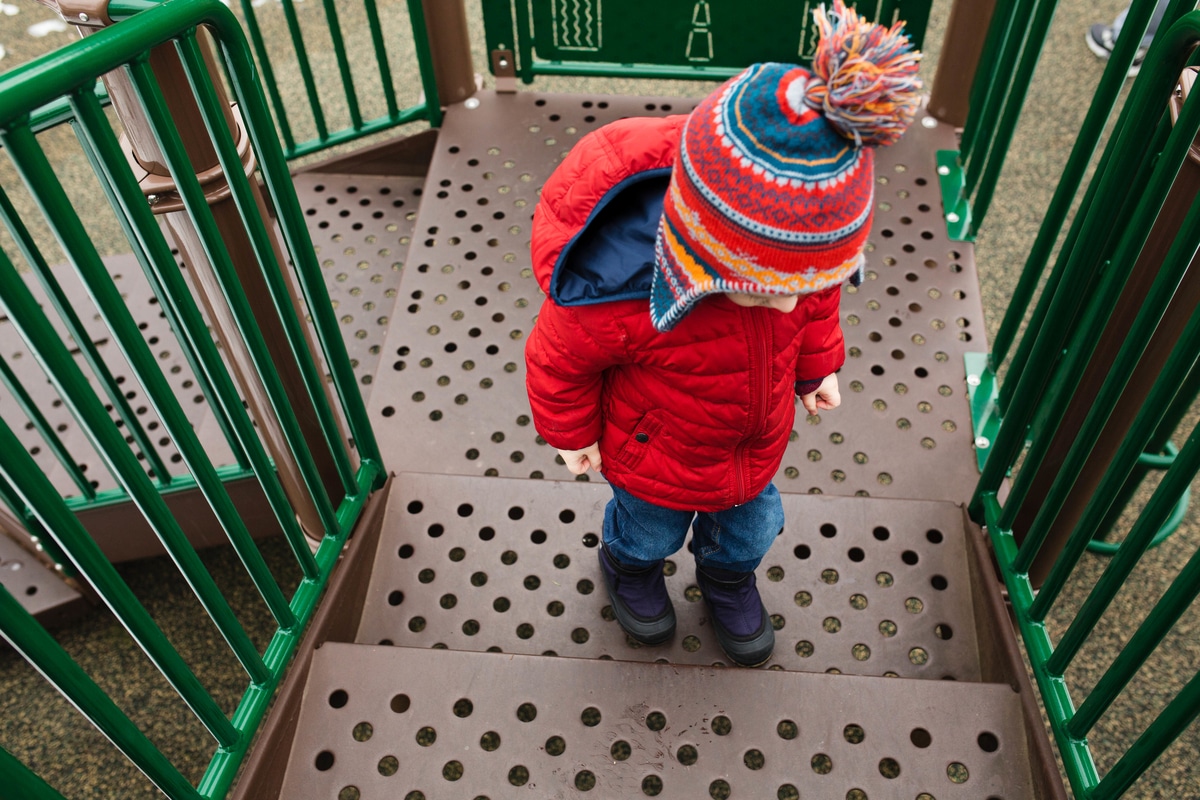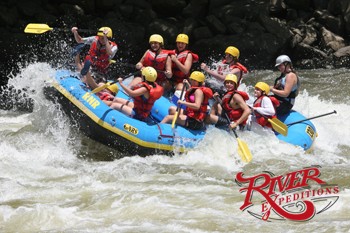If your church has a playground on its property, your intentions are no doubt to provide children with a fun place to play and get physical exercise year-round. However, playgrounds can present a huge liability if not maintained and operated appropriately in the winter.
At this time of year, many parts of the country are either preparing to or already facing the cold, ice and snow of winter. If your outdoor playground is open and accessible to children in the winter months, it should be ready for the challenges of winter weather.
Failing to properly prepare your playground for winter can have tragic results. Consider the unfortunate case of an 8-year-old Utah boy who suffered a traumatic brain injury and died after falling off the slide on a school playground during the winter. His family sued the school, alleging it negligently failed to provide an adequate layer of surfacing material on the playground.
According to the Consumer Product Safety Commission, each year more than 200,000 children are treated in U.S. emergency rooms for injuries associated with playground equipment. And, according to the National Safety Council, nearly 80 percent of playground injuries are caused by falls.
Adventurous children will fall on the playground – that’s to be expected. You can, however, mitigate the risks associated with falls by providing proper fall-absorbing surfacing material under and around your playground equipment.
Follow standards for the type of surfacing material and its required depth under and around individual pieces of equipment. The safest playground surfaces include loose fill or unitary surfaces.
Loose-fill surfaces include:
- Engineered wood fiber
- Shredded rubber mulch
- Pea gravel
- Sand
Unitary surfaces include:
- Bond-in-place rubber
- Interlocking rubber tiles
- Poured-in-place rubber
These types of surfaces absorb the impact of falls. If a child falls onto dirt, grass, concrete or asphalt, they are more likely to suffer a serious injury. Playground surfacing should extend at least 6 feet in all directions from the play equipment.
The effectiveness of your surfacing material is especially critical in cold weather. When the ground is frozen, your surfacing material is the last line of defense in the event of a fall.
Be sure to fill any cracks in your poured-in-place rubber surfacing before the freezing weather hits. If you’re using wood chips or mulch, make sure it is filled evenly to the correct depth – or switch to a better option like the materials listed above.
Another winter playground consideration is snow removal. Have a plan for how, when and where to remove snow and only use melting agents that are safe for children and your equipment.
And, don’t let upkeep take a winter break. Follow your usual inspection and maintenance routines, paying special attention to making sure the hardware on your equipment stays tight.
Some equipment may not be suitable for winter use or may become slippery or otherwise unsafe due to ice and snow. If the safety of any playground equipment is in question, restrict access to that equipment and do not allow children to play on it until you deem it to be safe.
As another safeguard against falls, make sure barriers and guardrails are in place where needed. For preschool children, guardrails are required on structures higher than 20 inches and barriers on structures higher than 30 inches. For elementary school children, the requirements are 30 inches for guardrails and 48 inches for barriers.
To guard against entrapment, the second most common cause of playground injuries, check openings in structures for the potential of a child’s head getting stuck. All openings must be smaller than 3.5 inches or larger than 9 inches. Exposed bolt threads greater than 2 inches may also pose entanglement hazards.
Additionally, be mindful of drawstrings on children’s clothing, as they may catch on hardware and cause an entanglement. To reduce the risk of impalement injuries, look for broken structure pieces, exposed bolts and even broken tree limbs around the playground.
Someone in your organization should be assigned to perform a weekly inspection of playground equipment, checking for sharp edges, broken pieces and the mechanical components of swings, spinners, seesaws and other apparatus.
Take any broken structures out of service and only use hardware approved by the manufacturer when repairing and replacing damaged items.
This playground safety assessment may be helpful, along with this inspection and maintenance log.
Taking safety precautions to the physical environment of your playground may not be enough without effective supervision. Train your playground supervisors to ensure they understand the basics of playground safety.
Supervisors should be stationed where they are able to scan the playground and easily see all the children they are monitoring. Be sure your playground doesn’t have any hidden areas where children could be out of the supervisor’s line of sight.
If you’re thinking about building a new playground or replacing the equipment in an existing one, contact an expert to make sure the area is suitable for the equipment being installed.
Each piece of equipment has standardized use zones to help to avoid collision injuries. For example, if a climbing structure is right next to the swings, a child coming off a swing might collide with one who is entering or exiting the play structure. Structure placement should meet U.S. Consumer Product Safety Commission guidelines to reduce potential for injury.
Signage and labels on the equipment should include the manufacturer’s intended age range for the equipment and that supervision is recommended. Play structures for preschoolers (ages 2-5) have different standards from those of school-aged (5-12) children.
Provide separate and distinct areas between the different age specific structures and implement a buffer zone to minimize conflict injuries.
Install equipment in an area with good drainage to avoid water pooling and have sufficient shade to prevent burns when playing on structures. Identify any wooded areas, drainage/retention ponds and drop-offs near playground areas.
If these hazards are present, you should implement suitable barriers to keep children from wandering into danger.
By identifying and addressing risks, winter fun on your playground can continue year-round.
Eric Spacek is the assistant vice president of risk control for Church Mutual Insurance Company, which offers specialized insurance for religious organizations of all denominations, public and private K-12 schools, colleges and universities, secular and non-secular camps and conference centers, and nonprofit and human services organizations throughout the United States, www.churchmutual.com.














